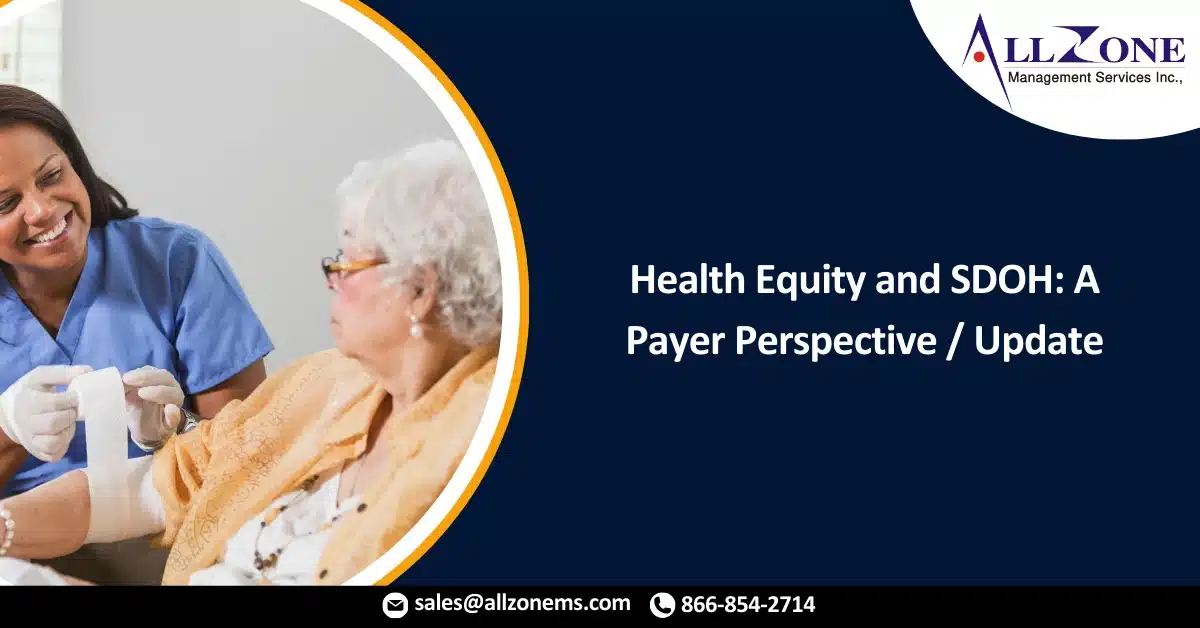As part of its ongoing mission to improve the health of America, the Blue Cross Blue Shield Association (BCBSA) announced its National Health Equity Strategy in April 2021 to confront the nation’s crisis in racial health disparities. This strategy is intended to change the trajectory of health disparities and reimagine a more equitable health care system.
BCBSA and Blue Cross and Blue Shield (BCBS) companies believe that everyone should have access to high-quality health care regardless of race, ethnicity, national origin, sex, gender identity, sexual orientation, religion, education level, age, geography, or disability. Many BCBS company initiatives focus on addressing social determinants of health (SDOH) across crucial areas like food insecurity, housing, and transportation. BCBSA and Blue Plans are also working to address health disparities within health conditions where vulnerable or underserved communities are adversely impacted.
The first priority of the National Health Equity Strategy is maternal health, because data shows the rates of childbirth complications have been increasing for women of color. According to the CDC, Pregnancy-related deaths for black women older than 30 was four to five times as high as it was for white women. BCBSA has set a public goal to reduce racial disparities in maternal health by 50% in five years.
Data – specifically higher-quality data that covers more of the population – will play a crucial role in addressing these challenges and achieving the goals of BCBSA’s National Health Equity Strategy. BCBSA is supporting collaboration efforts within the industry to develop standards and best practices that support the secure collection and effective, appropriate use of health equity data sets (e.g. race, ethnicity, and language data, SDOH data while protecting individuals’ privacy.
The Association is also providing thought leadership and support for initiatives aiming to standardize SDOH data in electronic health records (EHRs) and believes in the importance of developing best practices and fostering innovative technology solutions that will provide transparency, reliability, and trustworthiness for underserved communities. To effectively identify, address, track, and monitor improvements to health disparities over time, data standardization is critical. Standardization enables consistency in comparative and longitudinal measurements necessary to demonstrate changes.
Committed to this change, BCBSA is a founding member and sponsor of the HL7 Gravity Project. The effort leverages a multi-stakeholder collaboration of payers, providers, vendors, and community-based organizations to address barriers to health and well-being via the HL7 FHIR® standard. An infrastructure of standardized SDOH data can support advancements in population health management activities and even digital tools that enable effective care delivery.
In the care setting, identifying SDOH for patients relies on having the right code systems, including ICD-10-CM and SNOMED-CT. BCBSA’s National Health Equity Strategy seeks to make improvements in this space. As code systems broaden and improve the capture of health equity data, the better our systems can address health disparities. BCBSA is committed to improving the availability of standardized code systems and further raising awareness of health disparity drivers. The goal is to enable the identification of SDOH codes during an assessment, which can positively impact value-based care delivery and allow care teams to tailor clinical and quality intervention efforts to their patients.
BCBSA is committed to the health of America and addressing SDOH is key to ensuring improvements in all of our nation’s communities.
For More Information: health equity and sdoh a payer perspective update

